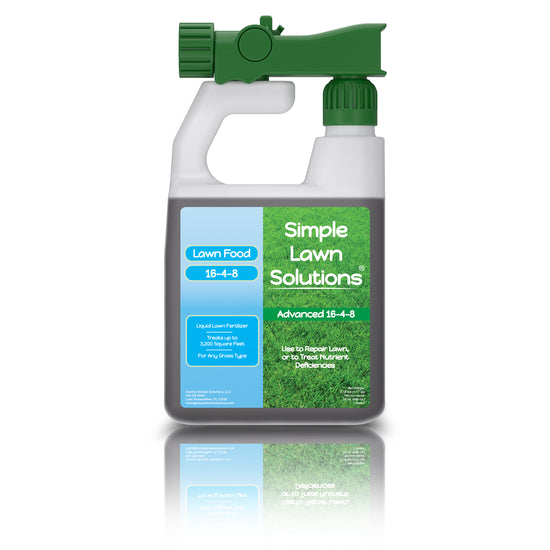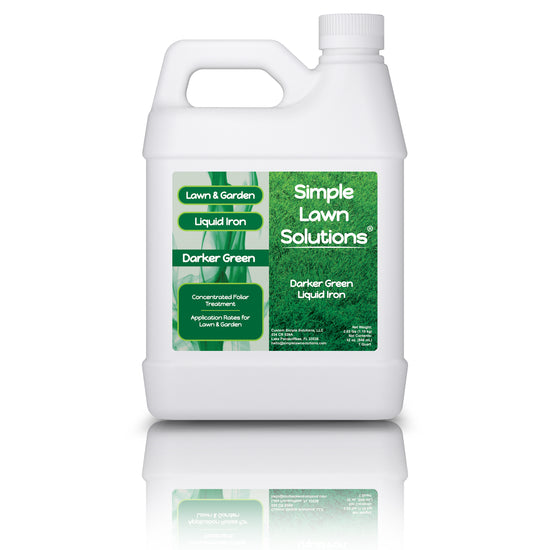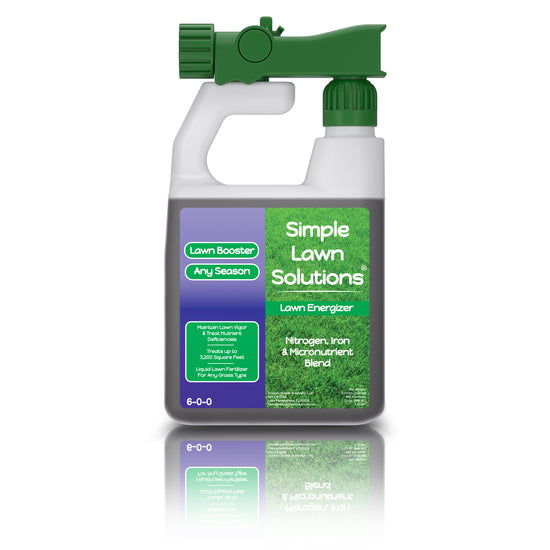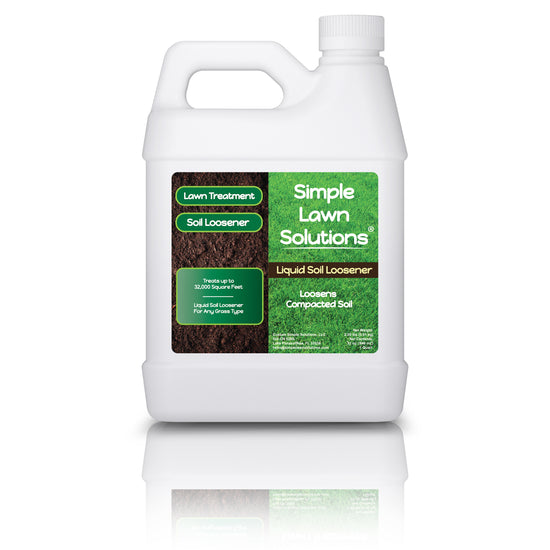Late spring is a time of transition for cool-season and warm-season grasses. The timing of fertilization and the use of the right materials, gives your lawn the nutrients it needs to grow. Late spring generally refers to mid May through early June. Cool-season grasses will differ from warm-season grasses in late spring because of the growth habits, heat and drought stress.
Why Fertilize in Late Spring?
Cool-season grasses reduce their growth rate in late spring and early summer due to temperature increases and drought. Applying the appropriate fertilizers assists in preparing the cool-season grasses for the summer heat and other stresses, helping build carbohydrate reserves and root mass. Late spring fertilization energizes warm-season grasses as they enter the peak growing season. Turf color and density can be increased with late spring fertilization.
Fertilizing Strategies By Grass Type
The cool-season grass time frame to fertilize in late spring is from late May to early June. Fertilization during this time frame promotes recovery from spring traffic and mowing stress. Additionally, it repairs the grass for upcoming environmental stresses. Fertilizer applications in this time frame can encourage and build deeper roots before heat and drought stress. Applying nitrogen at ½ lb. to ¾ lb. per 1000 square feet gives the amount required for grass to survive. Avoid high nitrogen rates on cool-season grasses in late spring as this will increase flush growth that could suffer in high heat conditions. Simple Lawn Solutions’ high potassium fertilizer, 0-0-25, helps to prevent potassium deficiency which can leave plants more susceptible to stress. Applying an iron formula can increase turfgrass color without excessive flush growth.
However, there is often another approach to high-profile, cool-season grasses. Late spring fertilization is not a high priority for cool-season grasses. The standard fertility program for high-profile lawns requires light nitrogen applications in the spring and normal rates in the fall. Cool-season grasses have already increased with strong shoot growth during the spring. Applying too much nitrogen in late spring encourages excessive growth, which consumes energy sources within the plant and weakens the grass during stressful summer months. Most damaging is excess nitrogen during this time frame reduces root growth and carbohydrate storage. To be safe, apply enough nitrogen in spring to maintain color and density.
Late spring is the most crucial time to fertilize warm-season grasses. As the temperature rises, the grass is entering its peak growth phase. Fertilization should begin once the grass has greened and grown well. Growth will be kicked off with fertilizer application at the specified time. Recovery from winter damage and uniform coverage will take place with the late spring fertilization. Lateral growth and thickening of the turf canopy will occur with the late spring application.
Applying ½ .lb to 1.0 lb. per 1000 square foot is recommended for warm-season grasses in later spring. Soil temperatures should be above 65 F for increased nutrient absorption. Avoid fertilizing dormant or partially greened turf because excess N can cause issues with continued growth.
Growing Zones
Cool-Season Zones 3-6

Kentucky bluegrass, tall fescue, perennial ryegrass, and fine fescues grow in cool-season zones 3-6. This region comprises Northern states, New England, the upper Midwest, and mountain ranges. Late spring in this area occurs from May to early June, with a suggested light nitrogen application occurring during this transitional period into summer. Focus on spoon feeding with more frequent, light applications of nitrogen during the summer months to avoid excessive leaf growth. It is not recommended that high nitrogen rates be applied during the summer months within this growing region. Cool-season grasses encounter summertime stress, supplying enough nutrients to support density, color, and energy storage, making survival the primary goal.
Transition Zones 6-8
Transition zone 6-8 includes the Mid-Atlantic, parts of Texas, inland California, and the southern plains, and typically grows tall fescue, zoysiagrass, and hybrid Bermudagrass. In this region, light nitrogen applications, or spoon feeding, can enhance color and density in late spring. Spoon feeding is a method that will prevent overstimulating the grass plant. Supplying cool-season grasses with 0.3 - 0.6 lb. per 1000 square feet is optimum for this region. Warm-season grasses can be fertilized in late spring, as feeding the turfgrass when it breaks during dormancy is essential.

Once the turf produces green leaf tissue, the amount of nitrogen recommended is up to 1.0 lb. per 1000 square feet. A mixture of fast-release and slow-release fertilizers can be utilized on warm-season grasses in the transition zone. Soil temperatures should be monitored as warm-season grasses are temperature-sensitive when breaking out of dormancy in the spring.
Warm-Season Zones 8 - 11
Warm-season zones 8-11 include Southern California, Florida, Gulf Coast, Arizona, and Southern California desert regions, and typically grow Bermudagrass, St. Augustine, zoysiagrass, and bahiagrass. Late spring fertilization is the peak time for applying nutrients to the soil for turfgrass growth, and applying between 0.5 - 1.0 lbs per 1000 square feet is ideal. This amount can be used every 4 - 6 weeks when active growth occurs.

High temperatures and drought are likely within this zone at times, so avoid fertilization under these conditions to preserve the health of the grass unless irrigation is available. Late spring fertilization applications build turf density, recover from winter dormancy, and prepare the grass for summer stress.
Late Spring Fertilization Guideline
All turfgrasses are soil temperature sensitive. Cool-season grasses will initiate growth at lower soil temperatures within the 55 - 60 degrees F range, while warm-season grasses initiate growth once soil temperatures reach 65 degrees F. Irrigation will be required to ensure proper moisture after fertilizer applications, allowing nutrients to break down and be absorbed by plant roots.
Before starting a fertilization program, it's highly recommended to conduct a soil test to determine the existing NPK levels, and to design the application rates accordingly. Regulations are becoming more strict for applying phosphorous and should be avoided unless the soil test indicates the need. Applying too much nitrogen on cool-season grass in late spring gives crabgrass an advantage in growing to unacceptable populations within the lawn.

What Happens When Too Much Nitrogen is Applied
Applying too much nitrogen to cool-season grasses in late spring can cause adverse effects. Some serious issues can develop due to excess amounts, especially during summer. The grass plant can become top-heavy with leaf growth, reducing root growth. Consequently, the mowing frequency must be increased to observe the ⅓ rule of removing the leaf tissue. More clippings will be produced and become more unsightly on the surface. Growth can become puffy and not uniform across the surface as turf density is reduced. Too much top growth means the plant doesn’t save enough nutrients for the roots, and the plant's health suffers and can become terminal.
Over-fertilization in late spring will affect root development just before summer stress occurs. Grasses use stored carbohydrates to support new growth instead of storing them for summer survival. The results produce shallow roots, reduced drought tolerance, and increased risk of summer dieback and disease. Lush growth stimulated by excessive nitrogen causes leaves to transpire more, leading to higher water usage. Grass then becomes more reliant on irrigation for summer survival. Excessive spring growth leaves the grass plant and weakens the natural plant defenses. Summer heat plus shallow roots cause turf decline. Recurrence of wilting and thinning become more present, and diseases can attack the weak state of the grass plant.
Summary Of Effects on Cool-Season Grasses
Excessive top growth requires more mowings that can produce weaker roots. Once the root mass has been reduced, the tolerance to drought is reduced. The grass plant goes into shock and begins to deplete the carbohydrate reserves at a rapid rate. At this rate of depletion of carbohydrates, the amount of water required for survival is increased, which leads to dependency on the irrigation system.
Constant high moisture levels during the summer months create the possibility of disease pressures. This can lead to nutrient imbalance, which reduces the overall tolerance of the grass plant, which can result in the terminal death of the grass. The goal is to follow a detailed fertilization program to supply the exact amounts of nutrients required to sustain life during the hot summers.









